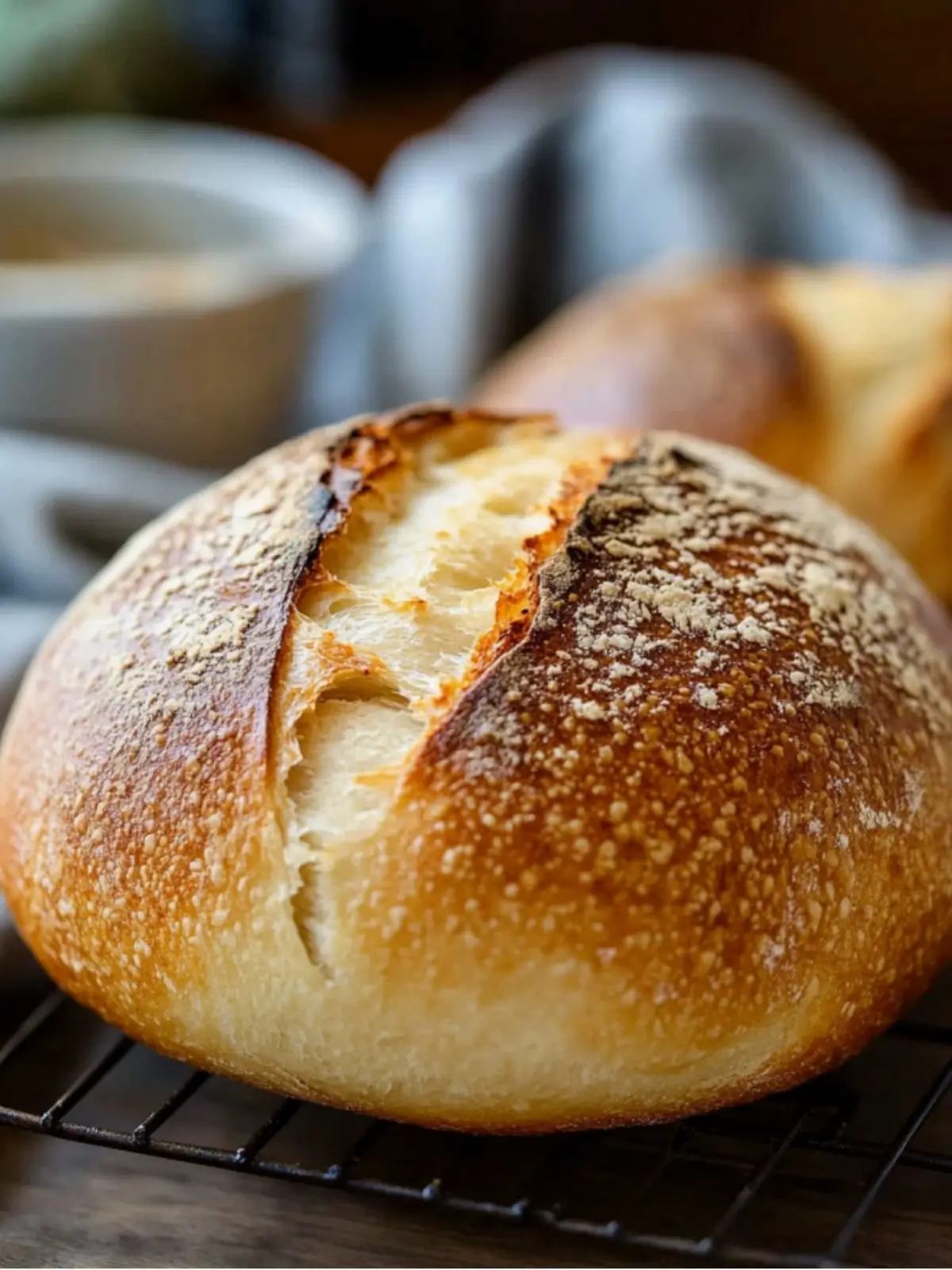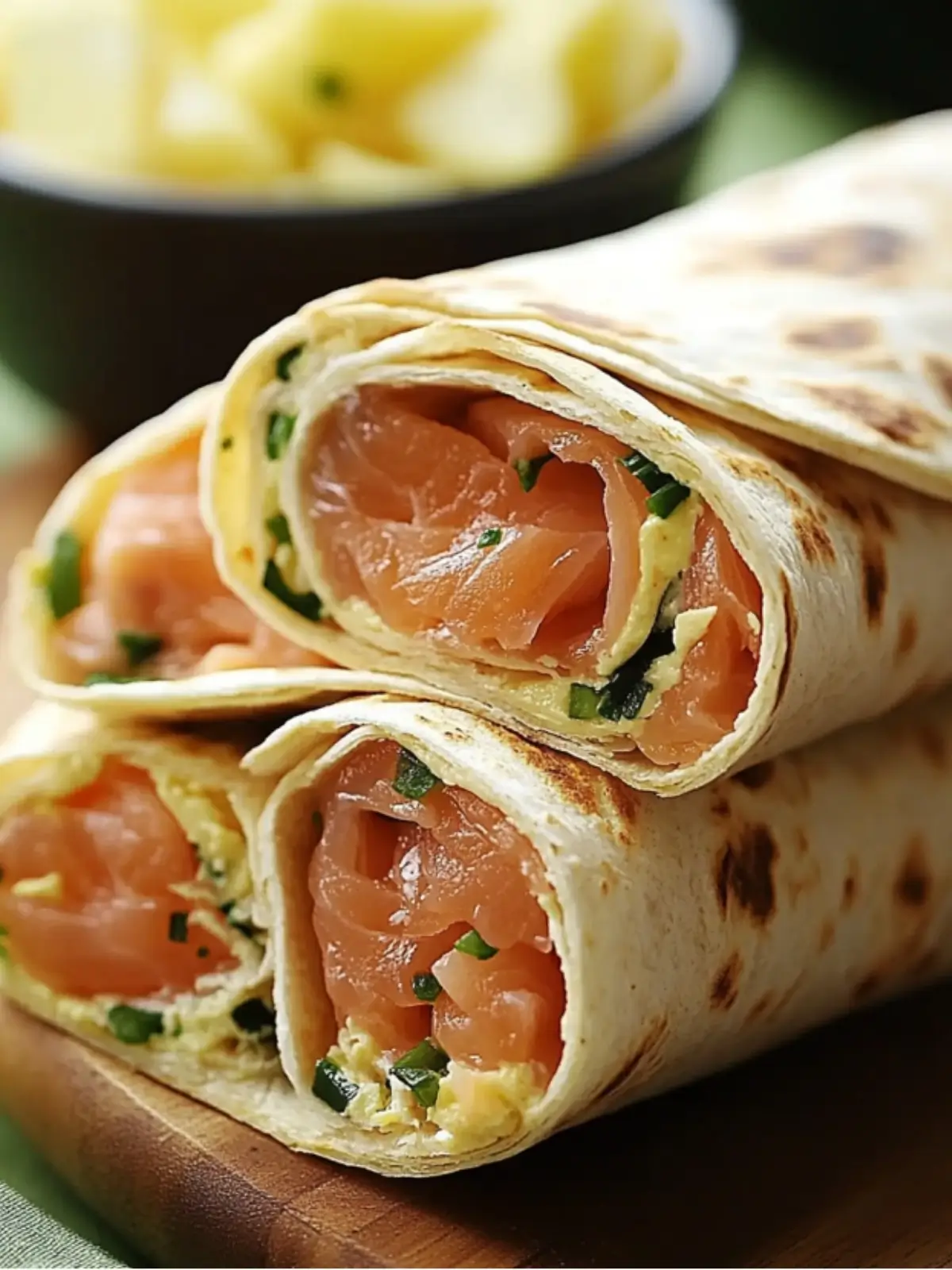Introduction to Digestive Biscuits
ADVERTISEMENT
Digestive biscuits, a staple in many households, are renowned for their unique taste and satisfying crunch. Originating in the United Kingdom, these biscuits have become a global phenomenon, cherished for their versatility and comforting flavor.
Traditionally made with whole wheat flour, they strike a perfect balance between sweet and savory, making them ideal for a range of pairings – from cheese to tea.
Their history, rooted in British culinary tradition, is a fascinating journey from simple, wholesome ingredients to an iconic snack.
As detailed in Wikipedia's History of Biscuits, digestive biscuits were initially created with digestive health in mind, owing to their high fiber content.
Today, they have evolved far beyond their original purpose, becoming a beloved treat in households and tea parties worldwide.
In this article, we'll explore the classic digestive biscuits recipe, diving into its ingredients, preparation methods, and variations. Whether you're a novice baker or a seasoned pro, this guide will help you create the perfect batch of digestive biscuits that are not only delicious but also hold a piece of history in every bite.
The Unique Appeal of Digestive Biscuits
The charm of digestive biscuits lies in their delightful texture and subtle sweetness. These biscuits are characterized by a distinctively coarse, crumbly texture, which comes from the use of whole wheat flour.
This key ingredient not only imparts a nutty flavor but also contributes to the biscuits' nutritional value, as noted in Wikipedia's article on Whole Wheat Flour.
Digestive biscuits have a versatility that allows them to be enjoyed in various ways. They can be savored plain, as a light snack, or used as a base for cheesecakes and other desserts. Their mild flavor also makes them an excellent companion for cheese, complementing rather than overpowering the taste.
For more inspiration on how to enjoy these biscuits, explore the Pinterest board for Biscuit Recipes.
Whether enjoyed with a cup of tea or as part of a more elaborate dish, digestive biscuits are a testament to the simplicity and elegance of traditional baking.
Key Ingredients for Digestive Biscuits Recipe
Creating the perfect digestive biscuits starts with gathering the right ingredients. Here's what you'll need:
- Whole Wheat Flour: The base of the biscuits, provides a rich, nutty flavor and fibrous texture.
- Butter: For a tender crumb and rich taste.
- Sugar: Just enough to add a hint of sweetness.
- Baking Powder: To help the biscuits rise slightly and achieve their characteristic texture.
- Milk: To bind the ingredients together and add moisture.
- Salt: To enhance the flavors of the other ingredients.
Each ingredient plays a crucial role in achieving the ideal balance of flavor and texture in digestive biscuits. Whole wheat flour, in particular, is integral not only for its taste but also for the health benefits it offers, as detailed in Wikipedia's article on Whole Wheat Flour.
For more creative ideas on incorporating these ingredients, you can find inspiration on Pinterest's collection of Healthy Snack Ideas, which includes various ways to tweak traditional recipes for a healthier twist.
With these ingredients, you're set to create a batch of homemade digestive biscuits that are not only delicious but also carry a wholesome goodness.
Preparation and Baking Tips
The process of making digestive biscuits is straightforward but requires attention to detail to get them just right. Here's a step-by-step guide:
- Combine Dry Ingredients: Start by mixing the whole wheat flour, sugar, baking powder, and salt in a bowl.
- Incorporate Butter: Rub cold, cubed butter into the dry ingredients until the mixture resembles coarse breadcrumbs.
- Add Milk: Gradually add milk to form a stiff dough.
- Rolling the Dough: On a floured surface, roll out the dough to your desired thickness, typically about 5mm.
- Cutting the Biscuits: Use a biscuit cutter to cut out rounds and place them on a baking tray.
- Baking: Bake in a preheated oven until golden and crisp.
A few tips to ensure your digestive biscuits turn out perfectly:
- Butter Temperature: The butter should be cold; this helps to create a flaky texture.
- Don’t Overwork the Dough: Over-mixing can lead to tough biscuits.
- Thickness Consistency: Keep the dough thickness uniform for even baking.
- Pricking Holes: Prick each biscuit with a fork before baking to prevent them from puffing up.
For more advanced baking techniques, explore Wikipedia's page on Baking Techniques, which offers valuable insights into achieving perfection in baked goods.
By following these steps and tips, you'll be able to bake delicious, homemade digestive biscuits that are perfect for snacking or pairing with your favorite tea.
Creative Variations of the Recipe
While the classic digestive biscuits recipe is delightful on its own, experimenting with variations can add an exciting twist. Here are some ideas:
- Chocolate-Dipped Digestive Biscuits: Melt dark or milk chocolate and dip half of each biscuit into it for a luxurious treat.
- Spiced Biscuits: Add cinnamon, ginger, or nutmeg to the dough for a warm, spiced flavor.
- Gluten-Free Version: Replace wheat flour with a gluten-free blend for those with dietary restrictions. Pinterest offers a range of Gluten-Free Baking ideas that can be adapted for digestive biscuits.
- Seed and Nut Addition: Incorporate seeds like flax sunflower, or finely chopped nuts, for added texture and nutrition.
These variations not only cater to different tastes and dietary needs but also showcase the versatility of the basic digestive biscuits recipe. For more innovative ideas, explore the Pinterest board for Biscuit Recipes, which is filled with creative and diverse biscuit recipes from around the world.
Serving and Pairing Ideas
Digestive biscuits are incredibly versatile when it comes to serving and pairing. Here are some delightful ways to enjoy them:
- With Tea or Coffee: A classic British way to enjoy digestive biscuits is with a hot cup of tea or coffee. Their subtle sweetness and crunchy texture make them the perfect accompaniment.
- Cheese Platter: Pair them with cheeses for a savory treat. The biscuits' neutral flavor complements both soft and hard cheeses beautifully.
- Dessert Base: Use crushed digestive biscuits as a base for cheesecakes or as a crumble topping for desserts.
For more inspiration on serving and presentation, take a look at Pinterest's ideas for Tea-Time Snacks. The right pairing can turn these simple biscuits into a gourmet experience.
Nutritional Profile of Digestive Biscuits
Digestive biscuits are valued not just for their taste but also for their nutritional benefits. A typical biscuit contains:
- Calories: Moderate, primarily from whole wheat flour and butter.
- Fiber: Good source, thanks to the whole wheat flour.
- Fat: Present, with a significant amount coming from butter.
- Sugar: Generally low to moderate, depending on the recipe.
Whole wheat flour, the primary ingredient, is known for its health benefits, including aiding digestion and providing essential nutrients. The biscuits' fiber content supports digestive health, as detailed in Wikipedia's article on the Nutritional Value of Snacks.
While digestive biscuits are a healthier option compared to many sweet treats, moderation is key, especially for those monitoring calorie and fat intake.
Professional Baking Tips and Tricks
To elevate your digestive biscuits to a professional level, consider these baking tips:
- Quality of Ingredients: Use the best quality butter and flour for a superior flavor.
- Chill the Dough: Refrigerate the dough before rolling it out. This makes it easier to handle and helps in achieving a crisper texture.
- Even Baking: Rotate the baking tray halfway through baking for even color and crispness.
- Thickness Matters: Roll the dough to the right thickness. Too thin, and the biscuits may burn; too thick, and they won’t crisp up.
For those interested in exploring more advanced baking concepts, Wikipedia's page on Culinary Arts offers a wealth of information on various techniques and principles that can enhance your baking skills.
Frequently Asked Questions
1. Can I make digestive biscuits without sugar?
- Yes, you can reduce or omit the sugar for a less sweet biscuit. Alternatively, use a sugar substitute.
2. How long do homemade digestive biscuits last?
- Stored in an airtight container, they can last up to a week. Ensure they are completely cool before storing them.
3. Are digestive biscuits vegan?
- Traditional recipes use butter, but it can be substituted with plant-based alternatives for a vegan version. Pinterest's collection of Healthy Snack Ideas includes vegan options that can be adapted.
4. Can I use regular flour instead of whole wheat?
- Yes, but whole wheat flour offers a distinct flavor and nutritional benefits. Refer to Wikipedia's article on Whole Wheat Flour for more information.
5. What is the best way to achieve a crispy texture?
- Ensure the butter is well incorporated, roll the dough to the correct thickness, and bake until golden.
Conclusion
In conclusion, digestive biscuits offer a delightful blend of simplicity and flavor, making them a beloved snack worldwide. Whether you stick to the classic recipe or explore variations, these biscuits are sure to be a hit. Remember, the key to great digestive biscuits lies in the quality of ingredients and careful baking. So, gather your ingredients, preheat your oven, and get ready to bake a batch of these delicious, timeless treats.





Leave a Reply